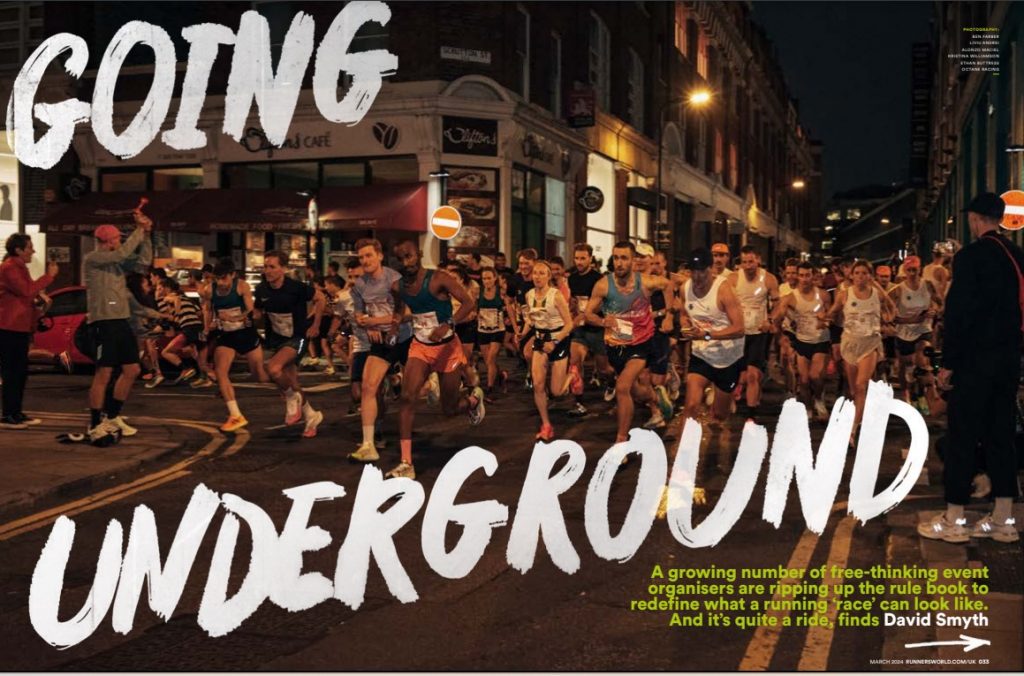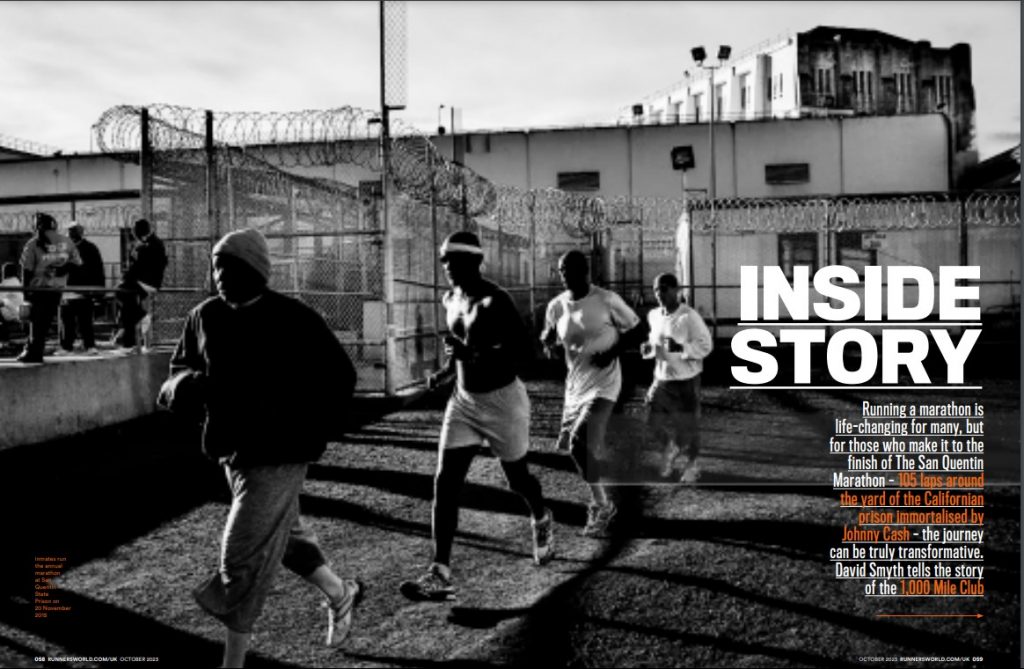This week their comeback, Get Lucky, hit number one and sold more copies than any single has in one week in the UK this year. Last week the song had the biggest number of plays in one day on Spotify since the streaming service began. Thirteen years since their last hit single and eight since their last proper album, the world is suddenly daft for Daft Punk.
The Parisian dance duo, Thomas Bangalter (38) and Guy-Manuel de Homem-Christo (39), have long remained anonymous thanks to the shimmering robot helmets they don for all public appearances. Now they are faceless global superstars, poised to release the most feverishly anticipated album of the year later this month. The internet catches fire anew with every spark of fresh information about collaborators and song titles.
It’s because of this deafening buzz that I find myself listening to the new album, Random Access Memories, in the testing circumstances applied to every new record that is considered a landmark release. One play, in an airless record company office in Kensington, as giant photographs of Beyoncé and Pink look down. At least there are pastries.
The only copy of the album in the UK and Ireland exists on a Denon “solid state player” (a hard drive with a play button, basically) that arrived at Columbia’s offices in a heavy black flight case. It is about to be taken over to Ireland for journalists there and there is some talk, only half joking, about whether their publicist will need to be handcuffed to it during the journey.
Such a fuss over 13 songs and 74 minutes of music! After an underwhelming third album, Human After All, made little impact in 2005, and their largely orchestral work on the soundtrack to the forgettable 2010 blockbuster movie, Tron: Legacy, this is quite a step up. What’s changed?
There’s the length of their absence, for starters. Seven years without a new studio album seems to be the optimum period for bands to go from prompting “Are you still here?” shoulder shrugs to “Please come back!” kneeling and hand-wringing. It feels like a reunion without the split in between.
Then there’s the legacy of their early albums, which have become ever more influential. Homework, in 1997, was the high watermark for a wave of thrilling, classy, French house music, led by Daft Punk’s irresistible single, Around the World. The 2001 follow-up, Discovery, however, seemed to be misunderstood at the time, its Eighties sheen rubbing against what the rest of dance music’s stars were doing.
As the years passed, the rest of the world caught up, belatedly turning Discovery into an acknowledged classic. I suspect something similar will happen with the new album. Its blend of vintage disco and soft rock, created mostly on live instruments with session musicians, is galaxies away from the stadium trance and savage dubstep that currently shakes the clubbers.
And that’s really the point. Daft Punk are returning to a world where dance culture is more popular globally than ever. British clubbers had their summer of love with acid house back in 1988. Americans are now having theirs, and no hit single is complete without all the synthesisers in the world bursting in on the chorus.
They call it EDM, “electronic dance music”, presumably to distinguish it from all that acoustic dance music that used to clog up the charts.
All the current stars, like Skrillex and deadmau5, Swedish House Mafia and especially fellow Frenchman David Guetta, would call Daft Punk an influence. They are robot gods right now, too important to step into the middle of the cacophony.
So they’ve gone somewhere else entirely, using real instrumentation — not least the clipped funk guitar of Chic’s Nile Rodgers — and almost entirely live drums. Even the familiar robotic vocals were not created using the ubiquitous AutoTune software of current pop, but a collection of vintage vocoders. “We were trying to make robotic voices sound the most human they’ve ever sounded, in terms of expressivity and emotion,” Bangalter has said. New songs such as Instant Crush, featuring Julian Casablancas of The Strokes, and Fragments of Time, with house producer and past collaborator Todd Edwards, aim to be retro-modern rock anthems rather than nightclub favourites.
On Daft Punk’s YouTube channel, Edwards has put his finger on what makes Daft Punk different today: “When the music becomes focused on the effects that are being used or the presets of sounds, it’s just computer — there’s no soul there,” he has said of other dance acts. “It’s kind of ironic: two androids are bringing soul back to music.”
Random Access Memories is released May 20
ALBUM REVIEW
The party won’t begin and end with the summery funk of Daft Punk’s smash single, Get Lucky. They have another instant favourite on their fourth album, also featuring the guitar of Nile Rodgers and the smooth falsetto of Pharrell Williams.
Lose Yourself to Dance is fantastic, a riot of handclaps and disco guitar with a chorus of robots urging, “Come on, come on”. Elsewhere, this long, stylistically varied collection is sometimes less EDM, more WTF.
Giorgio by Moroder begins like a documentary on a DVD extra, with the eponymous synth pioneer rambling on about his early days. Then he says, “Why don’t I use the synthesiser, which is the sound of the future?” and Daft Punk demonstrate exactly why, building the electronics to an extraordinary climax over nine minutes.
Touch is simply bizarre, a kind of digital honky-tonk sound featuring Paul Williams, composer of some of The Carpenters’ biggest hits, singing in a musical-theatre croon. No one else is making music like this right now, possibly for a reason.
Unlike most dance acts they also do ballads, and really have achieved their aim of giving human qualities to robotic vocals. The singers on The Game of Love and Within sound like the saddest automatons in the factory. Then there’s the soft rock stuff on Fragments of Time and Instant Crush, which might sound unforgivably cheesy coming from anybody else but somehow suits two men with space helmets and most probably a keytar.
Best of all are the disco numbers, including the retro strings of Beyond and the bright, sweet introductory track, Give Life Back to Music. Did music need reviving? Dance as it stands has become pretty predictable. Thanks to this pair looking back, maybe it now has a future.











